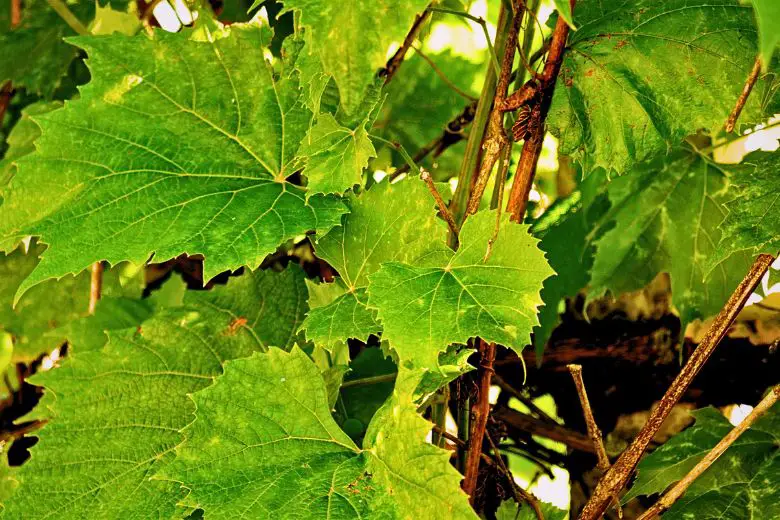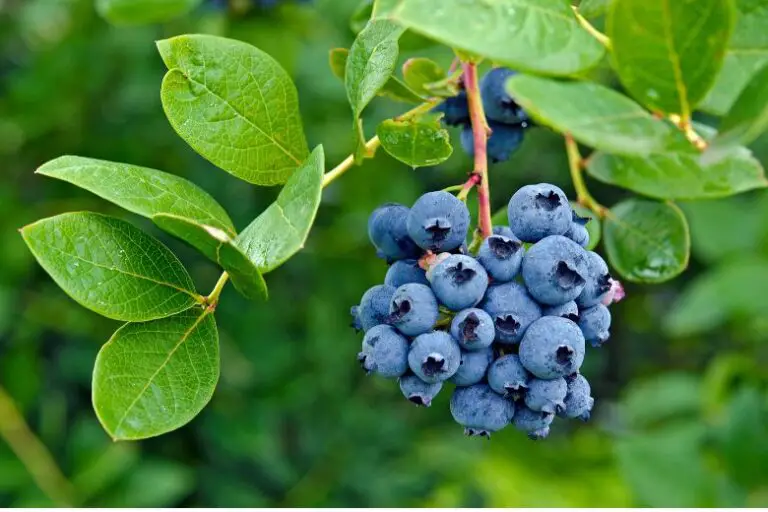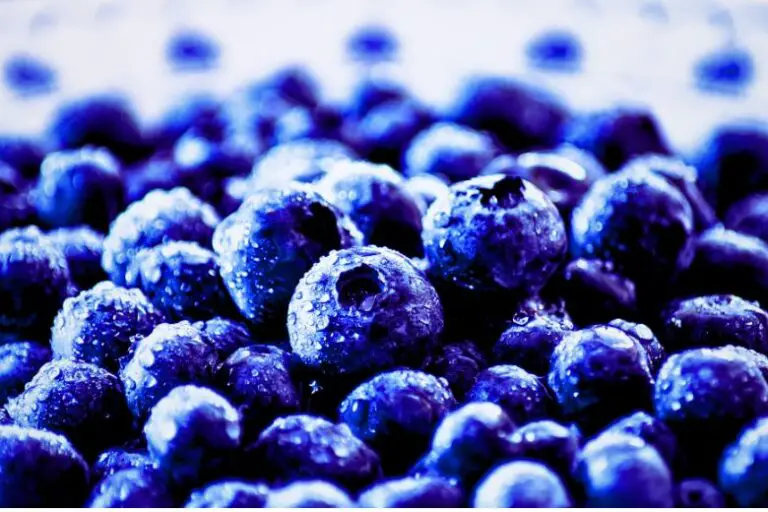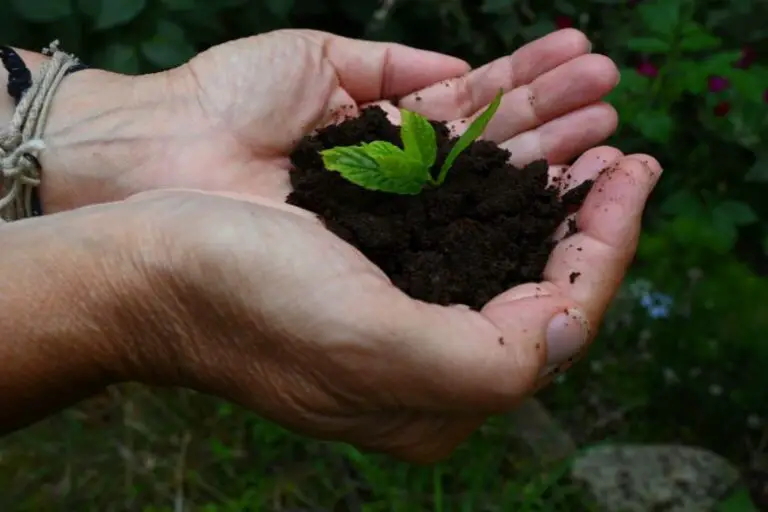Are Any Grape Leaves Poisonous
Grapes are not only known for their delicious taste but also for their versatile uses. From making wine to enjoying fresh grapes as a snack, they have become a staple in many households. However,
grape leaves also play a significant role in culinary traditions, particularly in Mediterranean and Middle Eastern cuisines. While most grape leaves are safe for consumption and offer a unique flavor to various dishes, it’s essential to be aware that not all grape leaves are edible.
Grape leaves have been used in cooking for centuries and are renowned for their distinct taste and tender texture. They are commonly utilized as wrappers for appetizers like dolmas and are often pickled or preserved. Despite their widespread use, it’s crucial to understand which grape leaves are safe to consume and which ones can be potentially harmful.
What are Grape Leaves?
Grape leaves, as the name suggests, are the leaves of the grapevine plant, scientifically known as Vitis vinifera. These leaves are typically broad, heart-shaped, and possess a vibrant green color. They are naturally rich in antioxidants and contain essential nutrients, making them an attractive ingredient in culinary creations.
Edible Grape Leaves
Varieties of Grape Leaves for Consumption
Several grape varieties are cultivated specifically for their leaves. The most commonly used grape leaves for culinary purposes include:
- Thompson Seedless: These grape leaves are thin, tender, and have a mild flavor.
- Sultana: Sultana grape leaves are medium-sized and offer a delicate taste.
- Concord: Concord grape leaves are larger and more robust in flavor.
Culinary Uses of Grape Leaves
Grape leaves are primarily known for their role in dishes such as dolmas, where they are stuffed with a mixture of rice, herbs, and spices. However, they have a wider range of culinary applications, including:
- Wrapping other foods like fish or vegetables for grilling or baking.
- Enhancing the flavor of soups, stews, and sauces.
- Adding a tangy taste to salads or as a garnish.
Poisonous Grape Leaves
Toxicity in Grape Leaves
While most grape leaves are safe to consume, it’s crucial to be aware of certain species that can be toxic. Some grapevine varieties produce leaves that contain substances such as calcium oxalate crystals or glycosides, which can cause adverse reactions when ingested.
Species of Grape Leaves to Avoid
When it comes to grape leaves, it is best to avoid the following species due to their potential toxicity:
- Fox grape (Vitis labrusca): The leaves of this grape variety can cause digestive issues and mild toxicity symptoms.
- Moonseed (Menispermum canadense): This plant is often confused with grapevines, but its leaves are highly toxic and should be avoided.
Symptoms of Poisoning
If you accidentally consume poisonous grape leaves, you may experience symptoms such as stomach pain, nausea, vomiting, and diarrhea. In severe cases, it is recommended to seek medical attention immediately.
Precautions and Safety Measures
Identifying Edible Grape Leaves
To ensure your safety when consuming grape leaves, follow these guidelines:
- Purchase grape leaves from reputable sources or harvest them from known edible grapevine varieties.
- Identify edible grape leaves by their characteristic heart shape and vibrant green color.
- Familiarize yourself with the appearance of toxic grape leaves to avoid accidental ingestion.
Proper Harvesting and Preparation
If you decide to harvest grape leaves yourself, keep the following precautions in mind:
- Choose leaves from healthy grapevines that have not been treated with pesticides or other harmful chemicals.
- Harvest young and tender leaves during the spring or early summer for the best flavor.
- Wash the leaves thoroughly with water to remove any dirt or debris.
Cooking Grape Leaves Safely
To eliminate any potential toxins and enhance the flavor, it’s advisable to cook grape leaves before consuming them. Here are some safety measures to follow:
- Blanch the leaves in boiling water for a few seconds to soften them and remove any residual toxins.
- Use grape leaves as directed in recipes, ensuring they are adequately cooked to prevent digestive issues.
Common Misconceptions
There are several misconceptions surrounding the edibility of grape leaves, with some people mistakenly believing that all grape leaves are toxic. It’s important to understand that while certain species can be harmful, many grape leaves are safe to eat and offer numerous health benefits.
Health Benefits of Grape Leaves
Apart from their culinary uses, grape leaves provide various health benefits:
- Antioxidant properties: Grape leaves contain powerful antioxidants that help combat oxidative stress and inflammation in the body.
- Nutritional value: They are a good source of vitamins A, C, and K, as well as minerals like calcium and iron.
- Digestive health: Some studies suggest that grape leaves may have a positive impact on digestion and gut health.
Conclusion
In conclusion, grape leaves are a valuable ingredient in various cuisines, providing a unique flavor and texture to many dishes. However, it’s crucial to differentiate between edible grape leaves and potentially toxic ones. By following the guidelines for identification, harvesting, and safe preparation, you can enjoy the culinary delights of grape leaves while ensuring your well-being.







